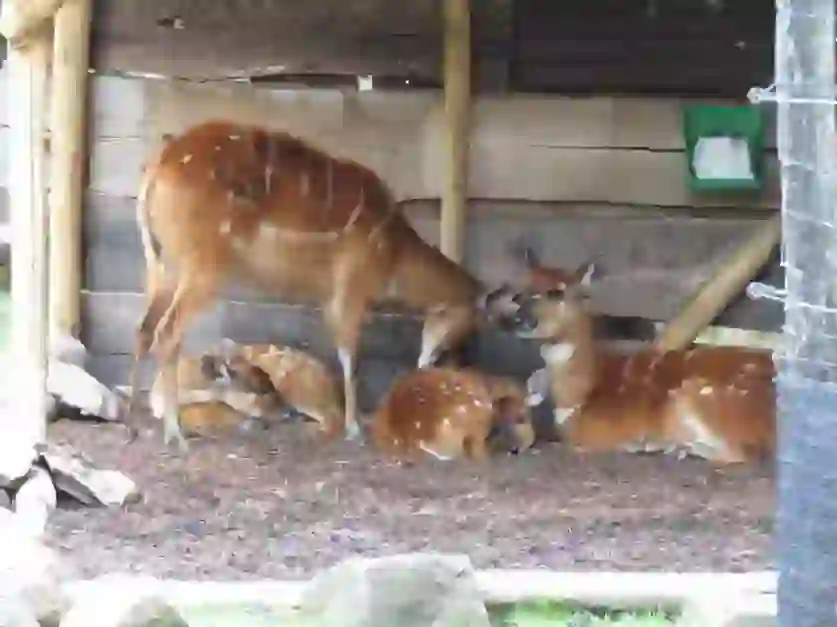
Sitatunga
Sitatunga
Sitatunga
Do you know a herbivore with the mysterious name of sitatunga? The sitatunga is an interesting animal with white patterns that enter the whole body, twisted horns that grow only in males, and a body adapted to living by the water. They are kept in various zoos, but some people may not have observed them closely because they thought they were deer. In this article, let's take a peek into its life together to find out what characteristics and secrets sitatunga has!
Sitatunga Basic Infomation
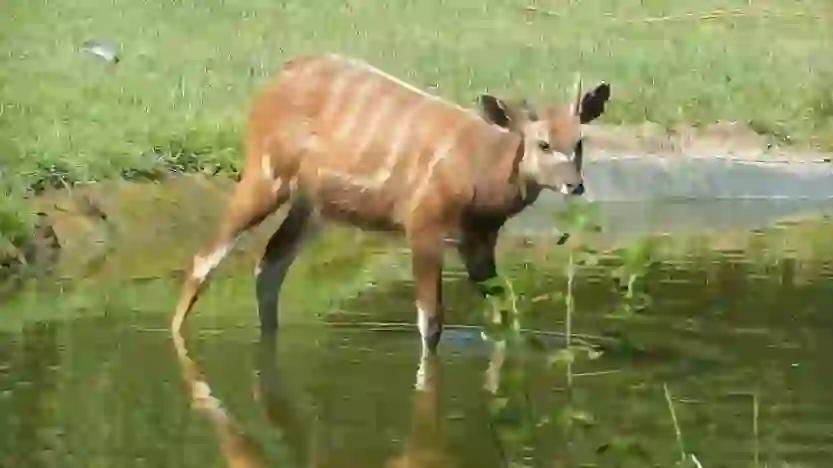
Mammalia-Artiodactyla-Bovidae.
Male length:150~170cm weight :80~125kg.
Female length:135~155cm weight :50~60kg.
Sitatunga inhabits swamps and wetlands in central and southern Africa (Kenya, Zambia, Uganda, Cameroon, Guinea, etc.). It is considered to be a “crepuscular” animal that is active mainly during the twilight hours of dawn and dusk and often feeds during cool and predator-free times.
The color of Sitatunga’s body varies depending on sex, with males ranging from dark brown to grayish brown and females ranging from light brown to chestnut. It is characterized by white patterns on various parts of the body (face, ears, back, legs, etc.), which vary depending on the individual.
The color and pattern of the body serve as protective coloration and are believed to protect sitatunga from predators.
Sitatunga males reach sexual maturity at 2-3 years of age and females at 1-2 years of age and become able to breed. The gestation period is 7.5-8.5 months, and females usually give birth to one baby at a time.
Sitatunga Q&A

What is the origin of the name sitatunga?
Although I conducted a survey this time, I could not find a clear origin of the name of sitatunga. It is thought that some word in Swahili, a language widely used in Africa, may be its etymology.
By the way, it is sometimes called "marshbuck", and in its scientific name it is expressed as "tragelaphus spekii".
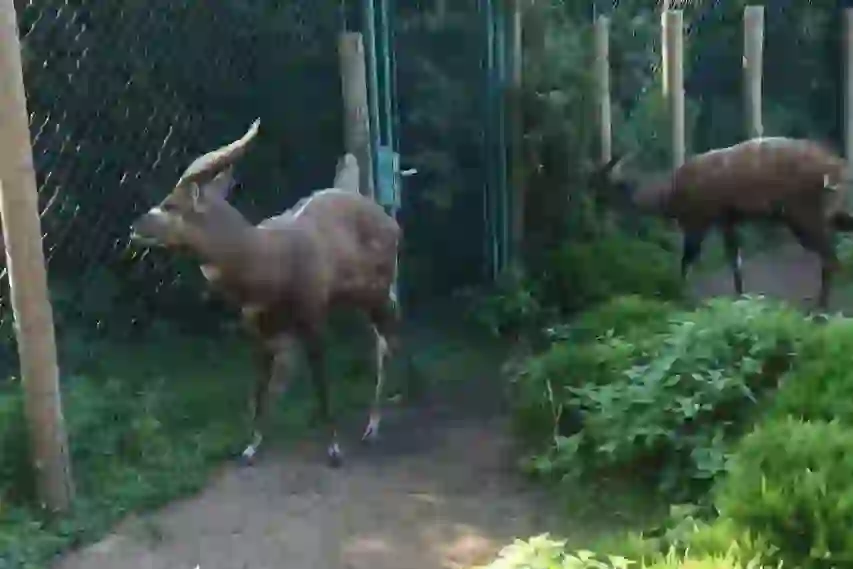
Why does the sitatunga live there?
Sitatunga inhabits swamps and wetlands in central and southern Africa (Kenya, Zambia, Uganda, Cameroon, Guinea, etc.).
It is not clear why sitatunga inhabits Africa.
However, Africa, where sitatunga inhabits, is home to many other antelopes of the same family as sitatunga.Therefore, it is thought that Africa was a region where sitatunga could secure enough food and hiding places like many other antelopes.
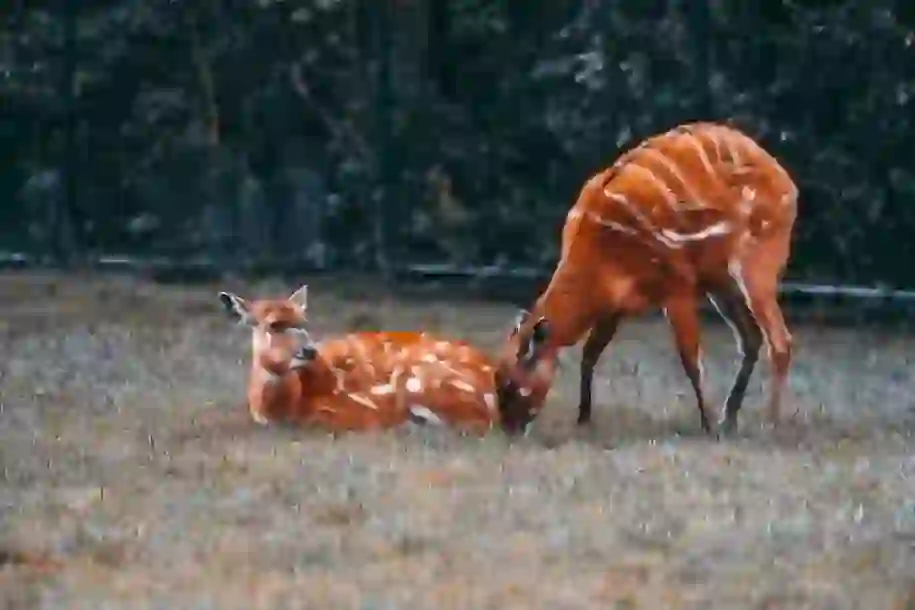
What is sitatunga eating?
Sitatunga is a herbivorous animal and eats everything from grasses and flowers such as reeds and papyrus sedges to seeds and buds in the wild.
In addition, it is said that wild sitatunga sometimes eat elephant dung for undigested plant seeds contained in feces. They also stand on their hind legs or use their horns to break branches and eat plants in high places.
In zoos, it seems that they mainly give dry hay such as alfalfa and orchard grass and pellets for herbivorous animals, and sometimes fruits such as apples.
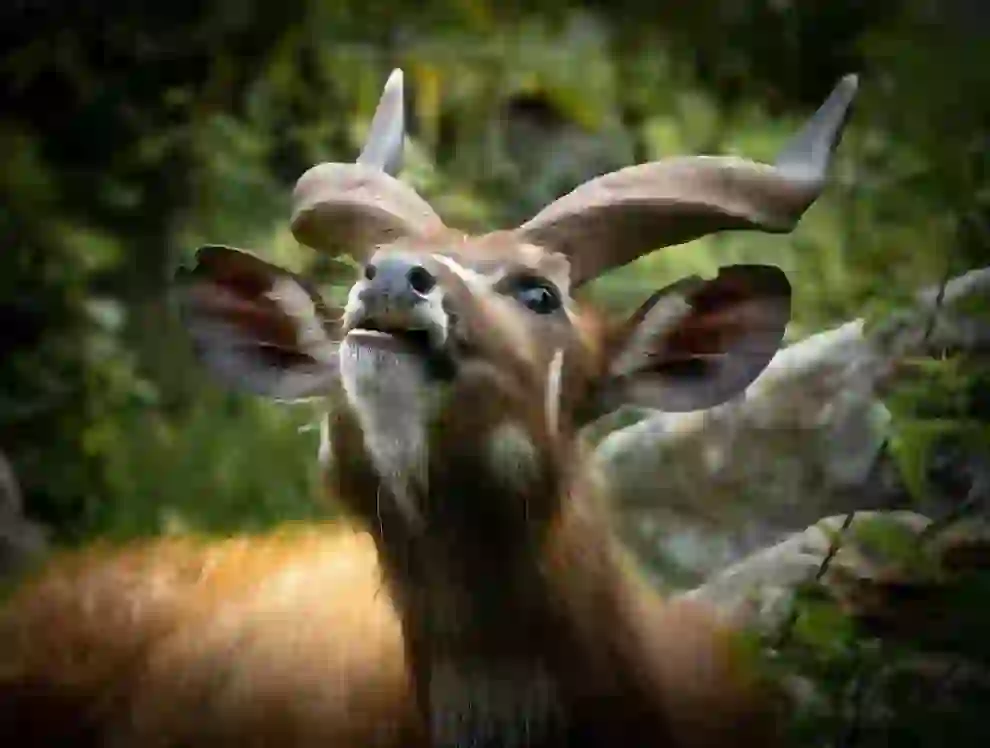
What family of animals is the sitatunga?
At first glance, it looks like a deer, but in fact it is an animal belonging to the bovid family.
Its voice is also similar to that of cattle or goats and makes a low “moo” or “baa” sound. People who hear its voice for the first time may be surprised by the gap between the appearance and the voice of sitatunga.

What is the role of the horn of sitatunga?
Sitatunga’s horns are about 50-70cm long and have a characteristic shape like a harp and are loosely twisted. Then, when you look closely at the distinctive shape of sitatunga’s horns, what role do they play?
First of all, sitatunga’s horns grow only in males. And when sitatunga males reach the breeding season, they use these horns to compete for females.
In other words, it turns out that sitatunga’s horns serve as weapons when males fight each other. However, sitatunga’s fights are not so intense and seem to be limited to pushing each other with their horns.
Since sitatunga is a member of the cattle family, its horns do not branch like those of deer. Also, since the horny “sheath” is overlaid on the bone, the horns do not fall off.

How can a sitatunga live by the water?
Wild sitatunga inhabits swamps and wetlands in Africa. Such swamps and wetlands preferred by sitatunga have the characteristic of being muddy and difficult to walk on. However, sitatunga’s body, which spends most of the day near water, has many devices for living near water.
First of all, sitatunga’s hooves are longer and wider than those of other bovids and are designed to spread when walking. Thanks to this mechanism, sitatunga can move without sinking into the mud even when its feet are muddy because its weight is distributed.
In addition, sitatunga is good at swimming and is known to jump into the water when attacked by enemies and stay there with only its nose out until the enemy disappears. Sitatunga’s fur is water-resistant and repels water well.
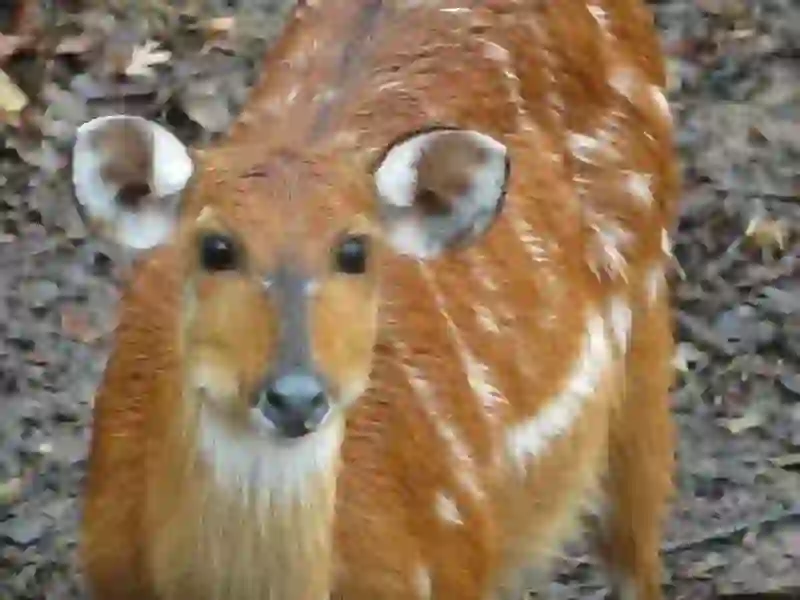
Can a sitatunga be kept as a pet?
When breeding rare animals at home, it is necessary to follow the established laws in some countries. This time, we will introduce whether it is possible to breed sitatunga at home in Japan.
The sitatunga is an animal that is not on the list of CITES, which is an international agreement to protect wild fauna and flora. Also, since it is not in a state where there is particular concern about extinction, it may be available for individuals to raise.
However, sitatunga is a bovid that can be infected with many infectious diseases such as mad cow disease, foot and mouth disease, and rabies. Therefore, from the viewpoint of preventing the spread of these infectious diseases, strict sanitary conditions may be imposed during imports and exports.
I really want to keep a sitatunga! If so, you may want to contact an animal dealer who is familiar with wildlife.

Is there a place in Japan where you can see sitatunga?
Sitatunga is kept at “Morioka City Zoo” and “Iwate Safari Park” in Iwate Prefecture, “Tobu Zoo” in Saitama Prefecture, “Chiba City Zoo” in Chiba Prefecture, “Fuji Safari Park” in Shizuoka Prefecture, and “Kobe Oji Zoo” and “Himeji Central Park” in Hyogo Prefecture.
In 2018, a baby was born at Kobe Oji Zoo, and in 2020, a baby was born at Tobu Zoo, so a baby may be born at some park in the future.

What is the lifespan of a sitatunga?
Sitatunga is believed to have a lifespan of about 8-10 years in the wild and up to 23 years in zoos.
As far as I could confirm, there is a record that “Satsuki”, an individual kept at Kobe Oji Zoo, lived until the age of 16.
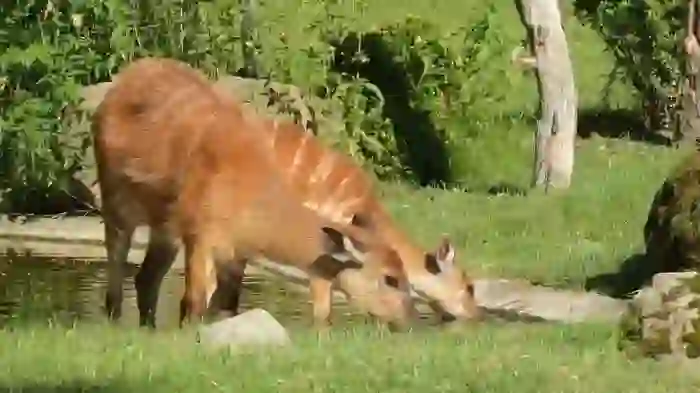
What enemies does sitatunga have?
Sitatunga’s natural enemies in the wild are carnivorous animals such as lions, hyenas, leopards, crocodiles, and pythons. Sometimes individuals are attacked by stray dogs and lose their lives.
Although the number of sitatunga is decreasing in some areas, it is not currently considered to be in danger of extinction. However, there is concern that if wetlands continue to decrease due to climate change and development, it will have a significant impact on their lives.
Sitatunga is classified as a “Least Concern (LC)” species evaluated by the IUCN Red List.

Would you like to become a part of the 'Animalbook.jp'?
Turn your knowledge into Q&A and share it with the world. ※Publication will be activated after purchase. Let's share information together!
Sitatunga Type of List

- Sitatunga
Information
Congratulations! You are the first commenter!

Create Your Favorite List!
Sitatunga
Save the animals you love! Build your own list to quickly revisit your favorites later.

Would you like to leave a comment?
※Please note: This is for the purchase of rights to post comments within the article.
Find Your Favorites!
Our shop offers a unique and attractive selection of goods themed around various animals.
Sitatunga References
Sitatunga Introduction of media used

出典:https://pixabay.com/images/id-4476316/

出典:https://unsplash.com/photos/ia5OIqM7SA4

出典:https://pixabay.com/images/id-5460723/

出典:https://pixabay.com/images/id-4903267/

出典:https://unsplash.com/photos/qdQ0zRnBiME

出典:https://unsplash.com/photos/21lwYwJFo3A

出典:https://pixabay.com/images/id-4405065/
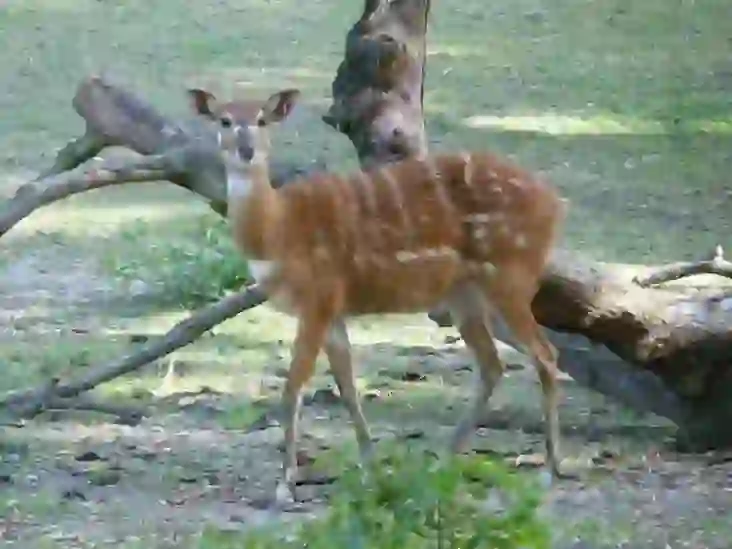
出典:https://commons.wikimedia.org/wiki/File:Sitatunga_(1).JPG

出典:https://commons.wikimedia.org/wiki/File:Sitatunga_2.jpg
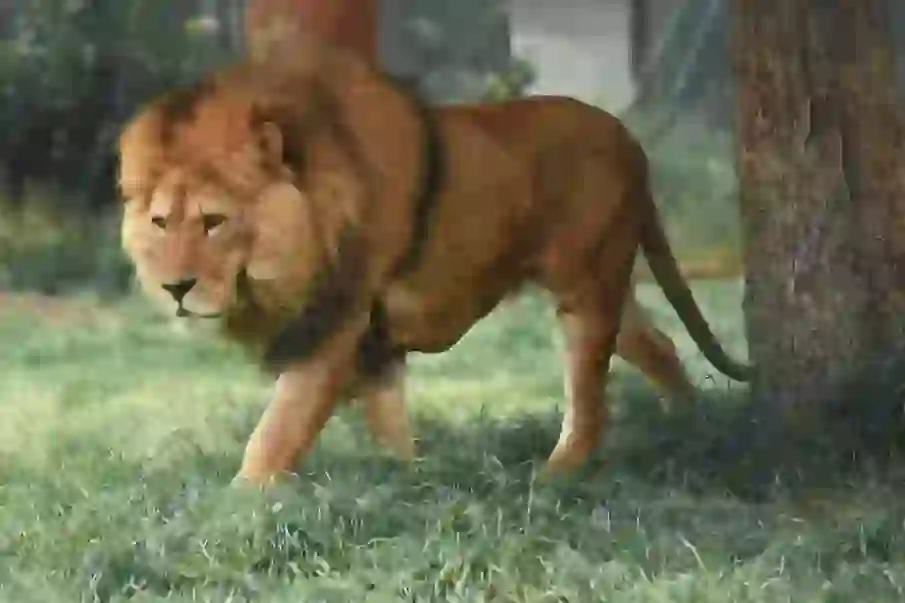
enemy
出典:https://unsplash.com/photos/ZxNKxnR32Ng

enemy
出典:https://unsplash.com/photos/3TwThGdEUZA
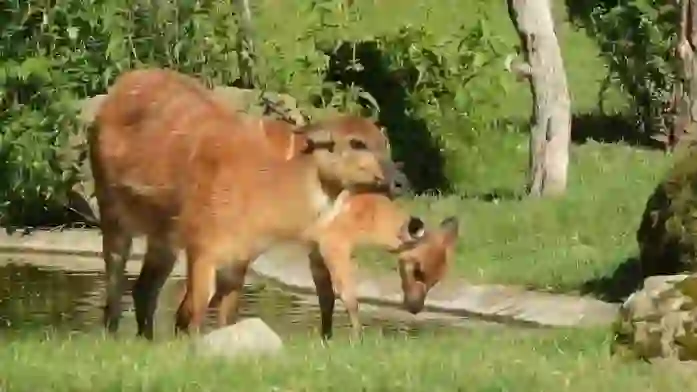
出典:https://pixabay.com/images/id-4476317/

Help Enrich Our Animalbook.jp with Your Media!
We are constantly looking to expand and enrich our Animalbook.jp with amazing photos and videos of animals. If you have any media that you'd like to share, please contribute and help us showcase the beauty and diversity of the animal kingdom. Your submissions will be credited and featured in our encyclopedia, reaching a wide audience of animal lovers.
















